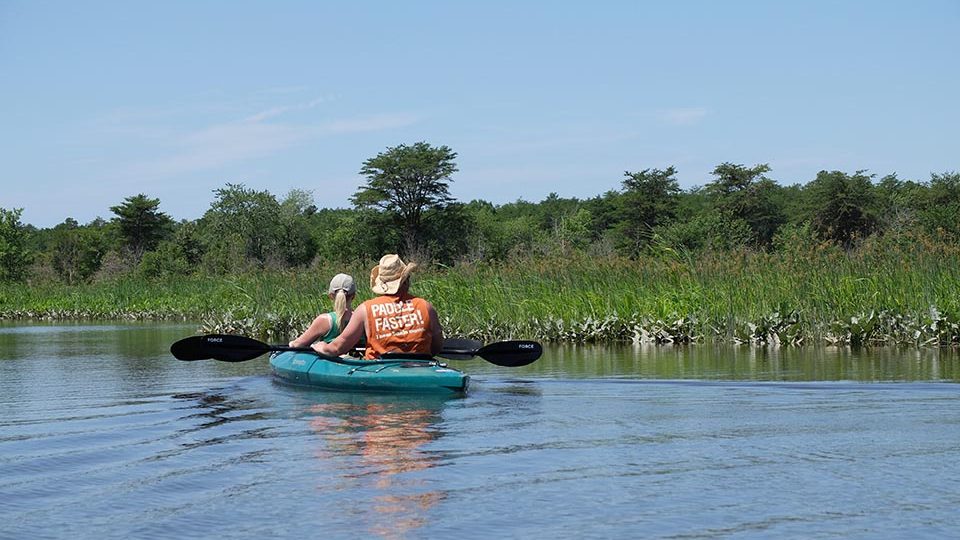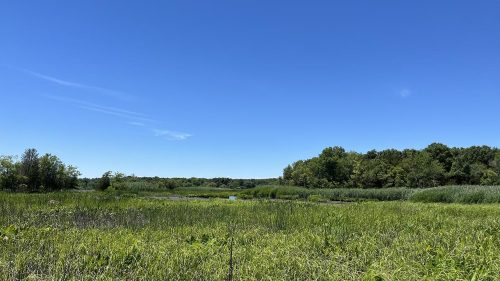Chatter: The Voice in Our Head, Why It Matters, and How to Harness It
A book for our times.


Have you ever had a day when a problem seemed to repeat in your mind like a skipping vinyl record, with no solution on the horizon? This is often labeled in the world of psychology as negative self-talk. Ethan Kross, the author of the book by the same name, calls it “chatter.” He suggests that chatter is occurring when we concentrate on something so intently that we lose perspective, focusing inward and not viewing the big picture for solutions. We get caught up in the emotion of our situation. The more we perseverate, dramatically narrowing our view of a situation, the more our inner voice kicks into rumination mode, creating chatter. This opens the door to the companion feelings of stress, anxiety, and/or even depression.
Conversely, if you step back to work out solutions to a problem, your inner monologue transforms from “chatter” and becomes more akin to the kind of “positive self-talk” that leads to answers.
We all have a voice in our head—our inner voice. That’s actually a good thing; it assesses our surroundings and helps us problem-solve. If you’ve ever wondered just how active this voice can be, you’ll be interested to know that Rodney Korba, Ph.D., an expert in Strategic Communication, did a study on our mind’s vocalizations. While at the College of Wooster in the early 1990s he determined that during problem-solving our inner speech or subvocalization count can exceed a rate of 4,000 words per minute. Ethan Kross did some calculations and offers this as equivalent to a presidential address every minute. A good deal of this thought comes in condensed form, rather than full silently conceived sentences.
The point is that our minds are verbally active and the capacity for internal problem-solving is vast.
Some people are paralyzed by their inner voice’s ruminations, creating a level of anxiety that doesn’t allow them to leave the house. Or they may venture forth but feel continually stressed or fearful. Forbes estimates that 31 percent of adults in the United States experience anxiety disorder at some point in their lives, and that 3.0 percent of Americans have generalized anxiety disorder. In fact, anxiety disorders are the most common mental illnesses in the U.S. and affect more than 40 million adults, or 19.1 percent of the population (Anxiety and Depression Association of America 2023).
Chatter, which became a national bestselling book, was released in 2021 and devotes its pages to defining kinds of self-talk and ways of harnessing it for our benefit. The author, psychologist Ethan Kross, shares tools for “helping people resolve the tension between getting caught in negative thought spirals and thinking clearly and constructively.”
 You may be wondering, “What is this book’s contents doing in an outdoor column?” Aha, but among his many suggested beneficial tools, the environment can play a key role for success. Kross discusses the role the out-of-doors plays in mental health.
You may be wondering, “What is this book’s contents doing in an outdoor column?” Aha, but among his many suggested beneficial tools, the environment can play a key role for success. Kross discusses the role the out-of-doors plays in mental health.
The tools are divided into four broad categories—those you can implement on your own, ways to provide support to a person suffering from chatter, how to receive support, and solutions that involve the environment.
Environmental tools are broken into three types.
The first environmental change has little to do with the great outdoors. Because we feel out of control when we spiral into chatter, one way to boost our sense of mastery is to give structure to our surroundings. Essentially tidy up work spaces, make lists, arrange things in an orderly fashion and rid yourself of clutter.
The second tool is increasing your exposure to green spaces. The concept in play here is that your focus is diverted from your ruminations because nature steals your “attention reserves.” You could think of this as breaking the static. Although it is very hard for me to prescribe a virtual green space, the author contends that the next best thing to going outside to a serene location would be to stare at a picture of green space, listen to nature sounds, or watch a nature film.

Interestingly, the chapter devoted to studies about green space and its positive effects cites a famous study by Ming Kou, a professor at the University of Illinois in 1990, which took place at a Chicago housing project. Essentially a view of green space versus a view of brick walls demonstrated a positive link between a change of focus to the outdoors and increased resiliency. People with green views managed life’s challenges better and performed better on tests that required the participant’s attention.
Other studies have since corroborated these findings. Test subjects who walked streetscapes versus those who walked tree-lined parks performed better on cognitive tests. Even if the weather was less than ideal the same results prevailed. When subjects’ environments were swapped those with the greener exposure did better.

In New Jersey, increasing exposure to nature is a relatively easy lift. On a percentile basis our state rates number two in the nation for designating slightly more than 20 percent of our land for parks and wildlife, second only to Alaska’s 40 percent. California comes in third at 19.7 percent, followed by Hawaii at 17.7 percent and Washington at 13 percent. In Cumberland County your prospects are better yet, with about a third of our area being preserved. Of 321,149 acres, only about 105,689 are preserved and 44,814 are developed.
The last environmental tool is being awe-inspired. The studies corroborating this benefit involved taking subjects to marvelous outdoor places with incredible views and experiences, like paddling rivers that go through gorges and canyons. For me a sunset on the Delaware Bayshore can offer the solace needed to escape worrying thoughts. The grandeur of nature, although commonly awe-inspiring, is not the only possibility, and awe-invoking experiences vary from one person to another. It may be an orchestra’s fanfare, or an outstanding catch in the outfield of a baseball field, or viewing a remarkable piece of art.
There are a great many tools offered in the book that enable an individual to distance himself from negative self-talk and be transported to a better place. Some tools are as simple as saying your name and reframing your problem as a challenge. Or advising yourself as you would a friend.
Everyone experiences chatter, some more often than others. No matter your needs, this book is basic and straightforward. It is a short read that can change lives. It gives you the skills to redirect self-talk away from rumination and self-criticism and move toward reflection and self-improvement.
I leave you with the task of finding the things that break your internal voice’s spiral, and then quite possibly I’ll be seeing you outdoors, maybe viewing a sunset on the Bayshore.
Sources
- Chatter: The Voice in Our Head, Why It Matters, and How to Harness It, by Ethan Kross
- Anxiety Statistics and Facts, Jessica Booth, reviewed by Sabrina Romanoff, Psy. D., Forbes Health.
- 2018-2022 New Jersey Statewide Comprehensive Outdoor Recreation Plan, New Jersey Department of Environmental Protection.









